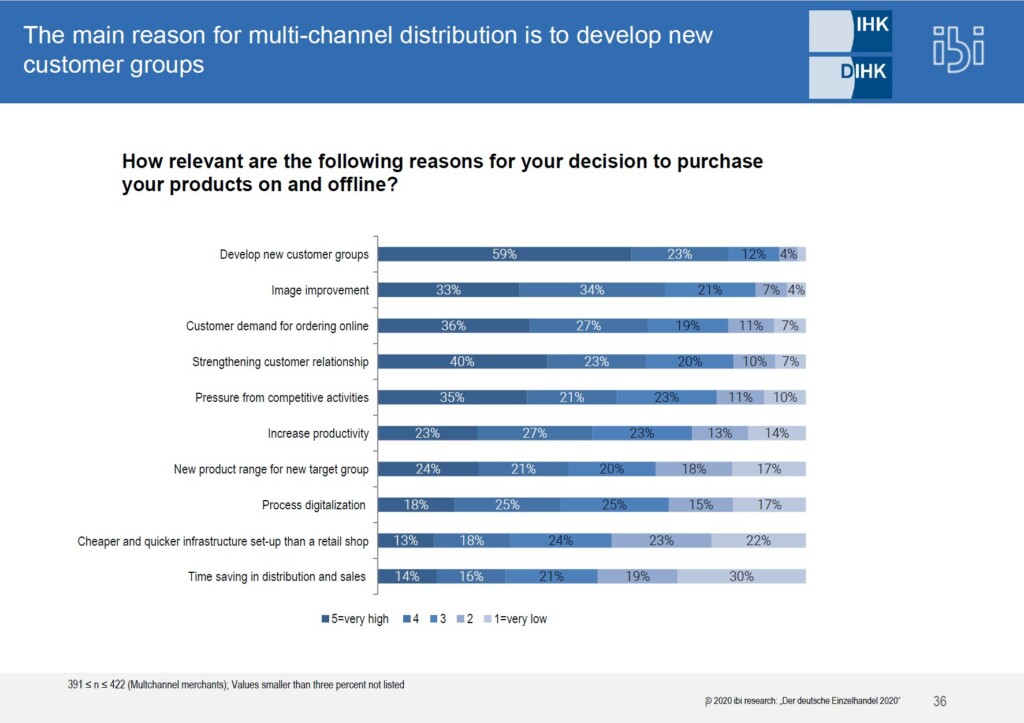According to a recent online shopping study (Online-Shopping-Studie: Wer kauft was, wann, wie?, April 2021) conducted by management consultancy KPMG, “Online shopping is on the rise in Germany, Austria, and Switzerland. This trend is driven by the coronavirus pandemic, which has led many people to try online ordering for the first time or to integrate more and more product categories into their online buying behaviour.” Study respondents said they spend the most money in online marketplaces, followed by manufacturers’ shops and online shops operated by brick-and-mortar retailers.
Younger people frequently buy online: “The young generations, especially Generation Z, are active both online and offline. The delocalization of consumption is a reality for younger consumers. In their world, goods should come to the customer, not the other way around.”
Young shoppers are online
The busiest online shoppers are in the 18 to 24 age group (Generation Z). Some 56% said they buy at least 60% of their goods online. In the baby boomer generation (age 56-89), only 38% of respondents shop to the same extent online.
It’s only logical for retailers to position themselves online to reach the growing target group of young shoppers. A study conducted by ibi research in 2020 shows that retailers are already on their way. Four out of five merchants cited the development of new customer groups as a reason to pursue multichannel sales (high to very high relevance). Strengthening customer loyalty is another important reason cited by two-thirds of retailers.

The main obstacles – and how to overcome them
The study also asked retailers about the obstacles that kept them from operating their online shops. Many said that they didn’t have enough time. The second most crucial obstacle mentioned was the complicated legal requirements.
eClear supports merchants by helping them to eliminate both obstacles. The automated ClearVAT solution handles complex cross–border trade VAT and customs issues–including registration to reporting and liability. This solution takes the burden off merchants by relieving them of potentially time-consuming processes and providing legal certainty regarding the notoriously complex topic of VAT.







